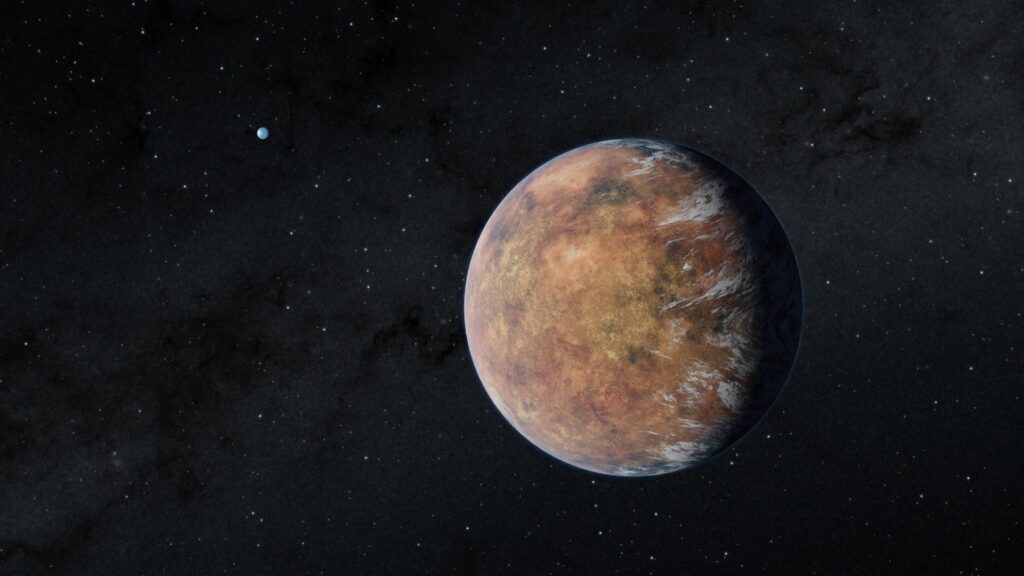
NASA has released a comprehensive report outlining critical gaps in exoplanet science, aiming to guide future exploration efforts. This strategic document, authored by Drs. Karl Stapelfeldt and Eric Mamajek of NASA’s Exoplanet Exploration Program (ExEP), was initially circulated internally in January 2025 and has now been made public on arXiv.
The report identifies 17 scientific goals that ExEP plans to address over the next three to five years, focusing particularly on “precursor science” for the upcoming Habitable Worlds Observatory (HWO). This observatory, a fusion of the Large UV Optical Infrared Surveyor (LUVOIR) and the Habitable Exoplanet Observatory (HabEx), was a major recommendation from the 2020 Decadal Survey.
The Strategic Vision for Exoplanet Exploration
The Decadal Survey, a pivotal document produced by the National Academies, serves as a roadmap for astronomy and space science, outlining key priorities for the coming decade. The HWO’s primary mission is to characterize 25 potentially habitable exoplanets, a goal that necessitates a deep understanding of its targets.
According to the report, understanding the occurrence rates of temperate rocky planets and the detection capabilities of different telescope architectures are among the primary gaps that need addressing. These insights are crucial for estimating the yield of potentially habitable planets.
Understanding Exoplanet Atmospheres
One of the critical areas of focus is the study of exoplanet atmospheres. The report highlights the importance of spectroscopic observations, which HWO is specifically designed to conduct. Modeling these atmospheres and understanding their spectrographic properties are essential for the success of future missions.
“Spectroscopic observations of the atmospheres of small exoplanets are crucial for the HWO mission,” the report states.
Additionally, the report emphasizes the need to interpret spectroscopic results and understand the formation patterns of both exoplanets and their host stars. This includes uncovering physical parameters of the planets and determining the specific properties of their host stars.
Addressing Knowledge Gaps
The report not only identifies gaps but also proposes mitigation strategies and links to ongoing efforts, such as the Exoplanet Opacity Database and data analysis challenges for high-contrast ground-based imaging. These initiatives provide a starting point for researchers interested in contributing to the field.
However, the pursuit of these scientific goals is not without challenges. A significant 47% budget cut to NASA’s Science Mission Directorate could impact missions like HWO. Despite these financial constraints, the authors of the report remain committed to advancing exoplanet science.
Implications of Budget Cuts
The budget reduction poses a substantial hurdle for NASA’s ambitious plans. The agency has already faced a wave of resignations, with 4,000 employees opting for a deferred resignation program in recent months. This exodus could further strain NASA’s capacity to execute its strategic vision.
Nevertheless, the scientific community remains hopeful. The report serves as a guidebook for those invested in the search for habitable worlds, providing a clear path forward despite the financial and personnel challenges.
Looking Ahead
As NASA navigates these turbulent times, the Exoplanet Exploration Program’s roadmap offers a beacon of hope for the future of space exploration. By addressing the identified gaps, NASA aims to enhance our understanding of exoplanets and bring us closer to discovering potentially habitable worlds.
For more information, the full report by Karl Stapelfeldt et al. is available on arXiv, providing detailed insights into the scientific goals and strategies of NASA’s Exoplanet Exploration Program.







